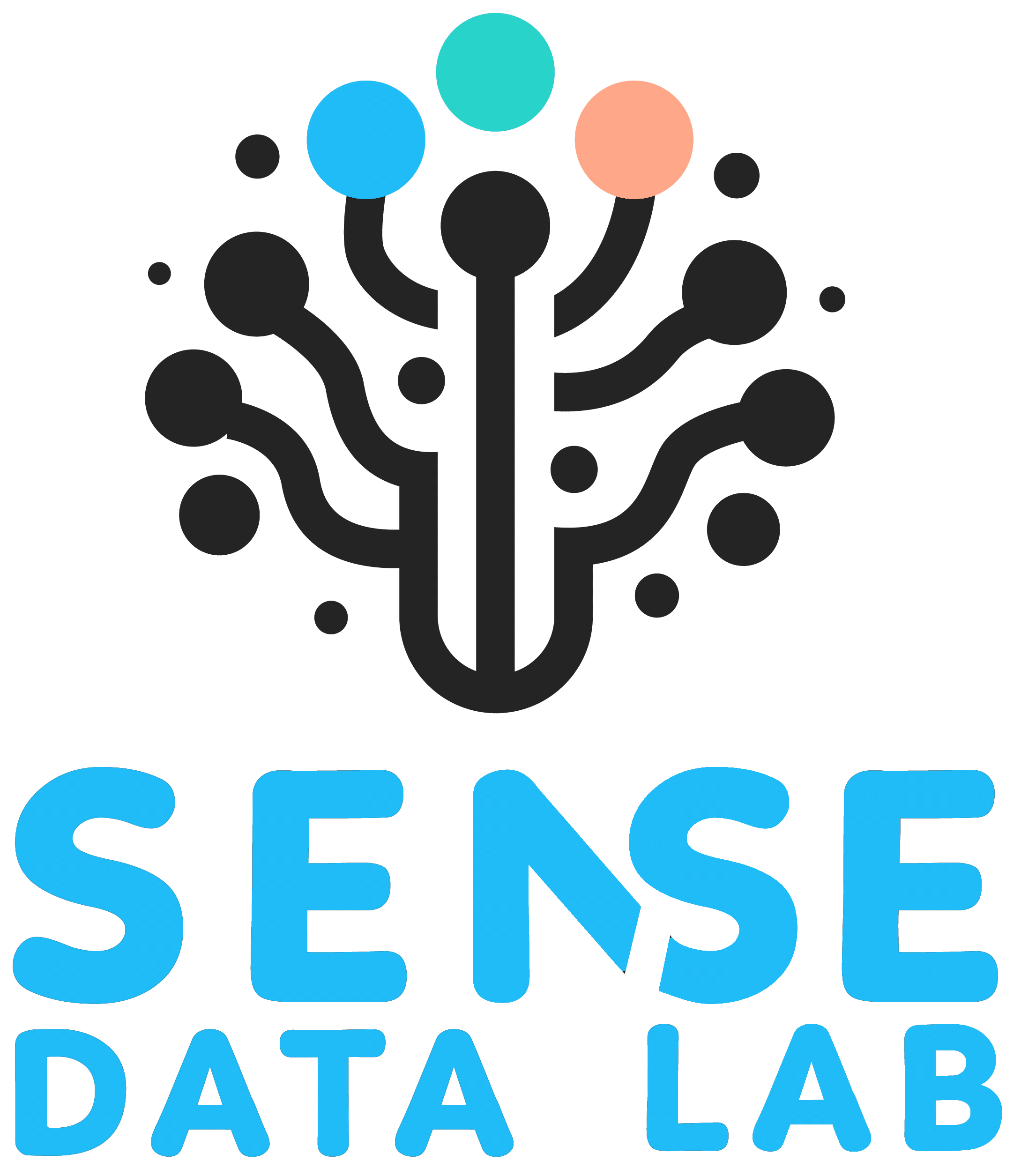Cleaning House
First it might be instructive to look at how people are coming to your website through your adwords campaigns.
You may discover that a lot of people who are looking for something completely different are ending up on your website by clicking your ads, they will most likely not be in your target audience and be ready to convert.
If you go to the search query report under Acquisition > Adwords > Search Queries you can see what specific search term users typed into google to get to your site, from there it might be instructive to filter either by ecommerce revenue or conversion rate and or any one of your goals that you are currently using to measure website performance.
From here you will easily be able to identify some search queries that make no sense for your business, here you will get an idea of how relevant the audience is that is being attracted to your site.
You can also break down the search queries by the keyword or campaign secondary dimension to determine which ads drove them there. Should you need to you can also look to export the list into a csv, excel and various other formats so you can easily extract and paste them into your negative keyword list. Otherwise you can also directly add and remove keywords inside of your adwords search term report.
Finding High Performers
Although the list view is useful I find that sometimes in order to get a quick visual representation it is better to pull this data into Google Data Studio and place the values on a scatter plot to identify outliers on both sides of the spectrum.
This can be done with various metrics, I like to use revenue vs cost to get an indication as to how much revenue each keyword, campaign or search query is generating vs how much it costs.
From here it might be easier to identify those low performing keywords and with context develop hypothesis as to why this is occurring. Of course the metrics you choose will be dependent on your business and objectives with your campaigns. The great thing about data studio is that it’s easy to pull in metrics and dimensions to build your reports.

Recent Comments